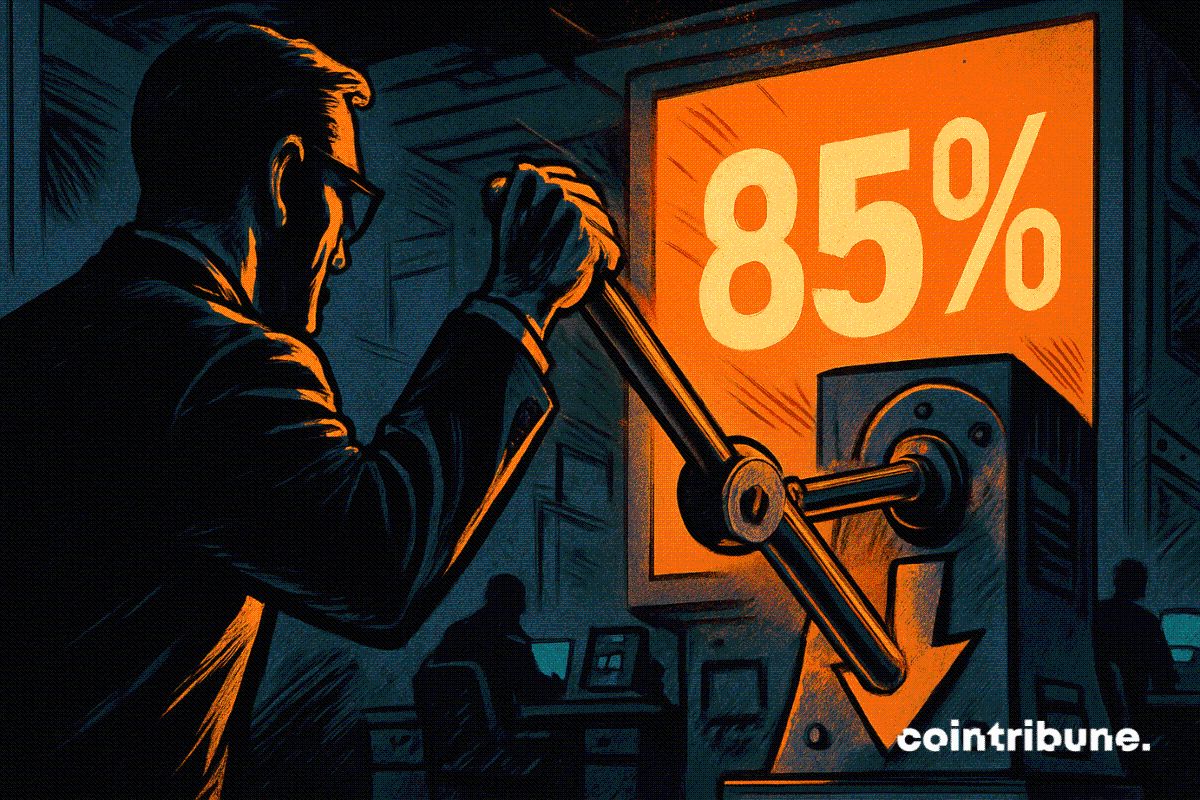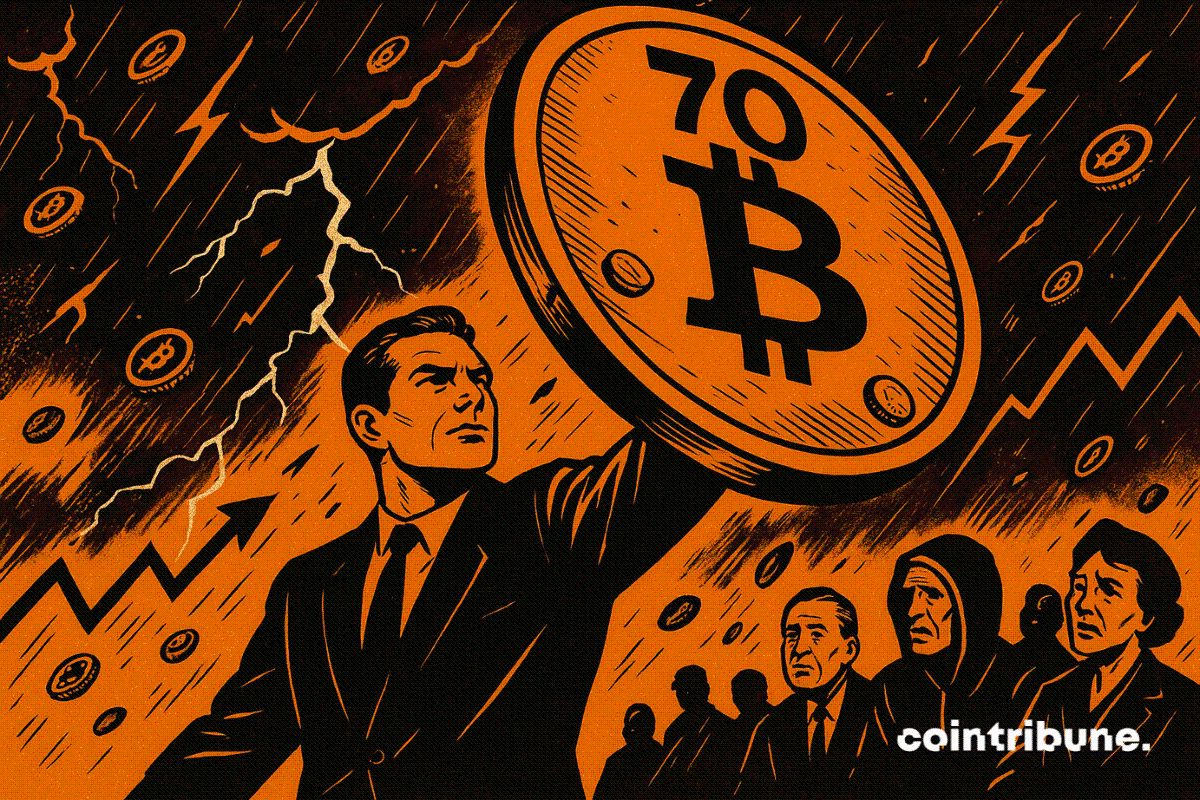Bitcoin Updates: Bitcoin ETF Outflows Trigger Bull and Bear Showdown Amid Ongoing Fed Uncertainty
- Bitcoin ETFs saw $3.5B in November outflows, with BlackRock's IBIT losing $1B amid a 33% price drop to $81,000. - Analysts link the sell-off to fading Fed rate-cut hopes, AI market volatility, and algorithmic stablecoin collapses like USDE. - Institutional strategies shifted to selling assets as discounts emerged, while stablecoin supply shrank for the first time in months. - Market views diverge: some see oversold RSI as a short-term buying opportunity, others warn of prolonged volatility due to Fed unc
November saw an unprecedented wave of withdrawals from Bitcoin spot exchange-traded funds (ETFs), with outflows surpassing $3.5 billion and sparking debate over the cryptocurrency’s short-term prospects. The most substantial weekly redemptions were recorded by BlackRock’s
This downturn has led to a broader retreat from crypto assets, with stablecoin supplies contracting for the first time in several months and algorithmic stablecoins like
Opinions among investors are mixed. Bloomberg’s Eric Balchunas pointed to Bitcoin’s track record of bouncing back from even steeper corrections, while Blueprint Finance’s Nicholas Roberts-Huntley argued that the current sell-off could help eliminate excess leverage and pave the way for a more sustainable recovery. Still, the Federal Reserve’s hawkish approach adds uncertainty. Recent employment figures, which exceeded expectations, have lowered the chances of a rate cut in December, though Barclays Research suggested that Chair Jerome Powell may still advocate for a 25-basis-point reduction
At present, Bitcoin’s price is consolidating within a tight band, awaiting a decisive macroeconomic event to determine its next move. Technical analysis indicates that the recent oversold RSI readings could offer a brief buying window, but traders should remain vigilant given the prevailing volatility and uncertain monetary policy.
Investors are monitoring RSI and moving average crossovers for signs of a potential reversal in the ongoing bearish trend. Although Bitcoin’s long-term outlook remains positive, the current volatility reflects a lack of agreement on where the market is headed in the short run.
Should regulatory clarity and custody infrastructure improve, institutional interest in Bitcoin-based financial products—such as yield-generating and collateral-backed instruments—could drive the next wave of adoption
Disclaimer: The content of this article solely reflects the author's opinion and does not represent the platform in any capacity. This article is not intended to serve as a reference for making investment decisions.
You may also like
Crypto Surges As Fed Eyes Rate Cut In December

Strategy unveils a new anti-panic weapon against the bitcoin crisis

dYdX’s performance-driven affiliate system establishes a new benchmark for DeFi rewards
- dYdX's v9.4 upgrade introduces a performance-based 50% commission tier, replacing static VIP tiers with dynamic affiliate fees tied to real-time trading volume. - The sliding fee model automatically adjusts commissions (30% base, 50% for top performers) to align affiliate rewards with platform liquidity and growth goals. - Competitors like Bitget and YWO also adopt performance-driven affiliate strategies, reflecting a broader DeFi trend toward merit-based incentives. - dYdX's protocol-level hard-coding o
The Growth of Ready-to-Develop Infrastructure in Upstate New York and Its Influence on Industrial Property
- Upstate NY's industrial real estate is transforming via shovel-ready infrastructure and public-private partnerships, targeting advanced manufacturing and clean energy sectors. - FAST NY's $400M grant program has funded 37 projects since 2022, upgrading 7,700 acres to attract $283M+ in private investments like Chobani's regional operations. - Webster's Xerox campus redevelopment ($9.8M FAST NY grant) exemplifies mixed-use "bluefield" models combining manufacturing with residential zones to create sustaina
